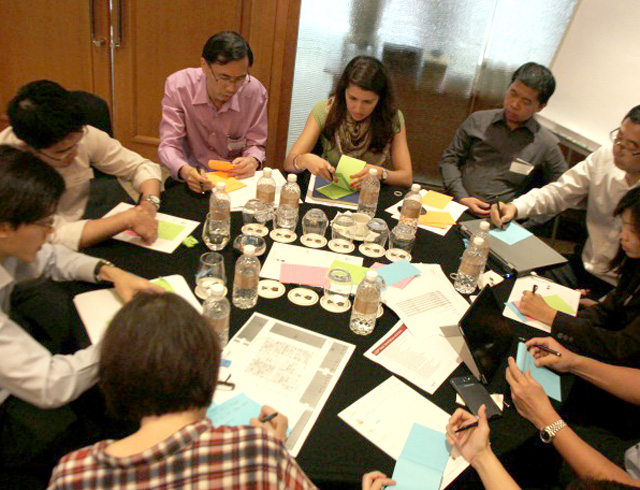Watch: Animated Assembly of a Modular Home for India
We developed this animation to demonstrate the components that come together and the assembly methodology used to create Ideal Choice Homes. Watch as the pieces fly into place!
We developed this animation to demonstrate the components that come together and the assembly methodology used to create Ideal Choice Homes. Watch as the pieces fly into place!
The Chicago Athenaeum: Museum of Architecture and Design and The European Centre for Architecture Art Design and Urban Studies announced a selection of 60 new buildings, commercial and institutional developments, and urban planning projects from 20 nations for The International Architecture Awards for 2013.
Charles David Keeling Apartments at UC San Diego, Edgar N. Putman Event Pavilion at James A. Michener Art Museum, and the Center City Building at UNC Charlotte were among the winning projects, and will be part of the 14th International Biennial of Architecture Buenos Aires 2013, September 19-October 15, 2013.
“From an impressive and visionary array of new submissions, the New York Jury selected 60 outstanding projects, each of which positively impacts its larger community—sometimes modestly, but most often massively,” states Christian Narkiewicz-Laine, President, The Chicago Athenaeum. “The finalists span the globe, from South America to Asia, from North America to Europe, and we are particularly happy to share that diversity. All projects exhibit innovation in design, acute sensitivity to the environment, sustainability, adaptability to their surroundings, and provision of enjoyment to their many users. In one way or another, each finalist wowed the jury, which will make selection of the winners a real challenge.”
This year's selected buildings were from 20 nations, including: Australia, Burundi, Canada, Finland, France, Germany, Great Britain, Ireland, Japan, Lebanon, Norway, People's Republic of China, The Netherlands, Qatar, Singapore, South Africa, South Korea, Spain, Turkey, Vietnam, and the United States.

Principal David Riz and Senior Researcher Roderick Bates recently traveled to Singapore to share their rich experiences with the integrative design process undertaken for the design of the Energy Efficent Buildings (EEB) Hub in Philadelphia, a project of the Department of Energy.
Integrative process is based on the idea that sustainable design is most easily achieved and sustained through a whole-building design process. This process is a multidisciplinary strategy that effectively integrates all aspects of site development, building design, construction, and operations and maintenance to minimize a building's resource consumption and environmental impact while improving the comfort, health, and productivity of building occupants. This kind of process ideally leads to a building that is economical in terms of lifecycle costs, including operations, maintenance, and repairs, and leads to reduced user turnover by making buildings that are more desirable to users. An inclusive process is key to whole-building design and is most effective when applied at the earliest stages of design.
Drawing on their experiences in the design of EEB Hub, David and Roderick facilitated a design charrette (workshop) to identify feasible, cost-effective sustainable measures for a “high performance, innovative and iconic living lab” housed in the new North Spine Academic Building (NSAB) for Nanyang Technological University in Singapore. They worked in collaboration with the Scientific Planning and Support (SPS) team at the university's Energy Research Institute (ERI@N) to host the one-day charrette in downtown Singapore.